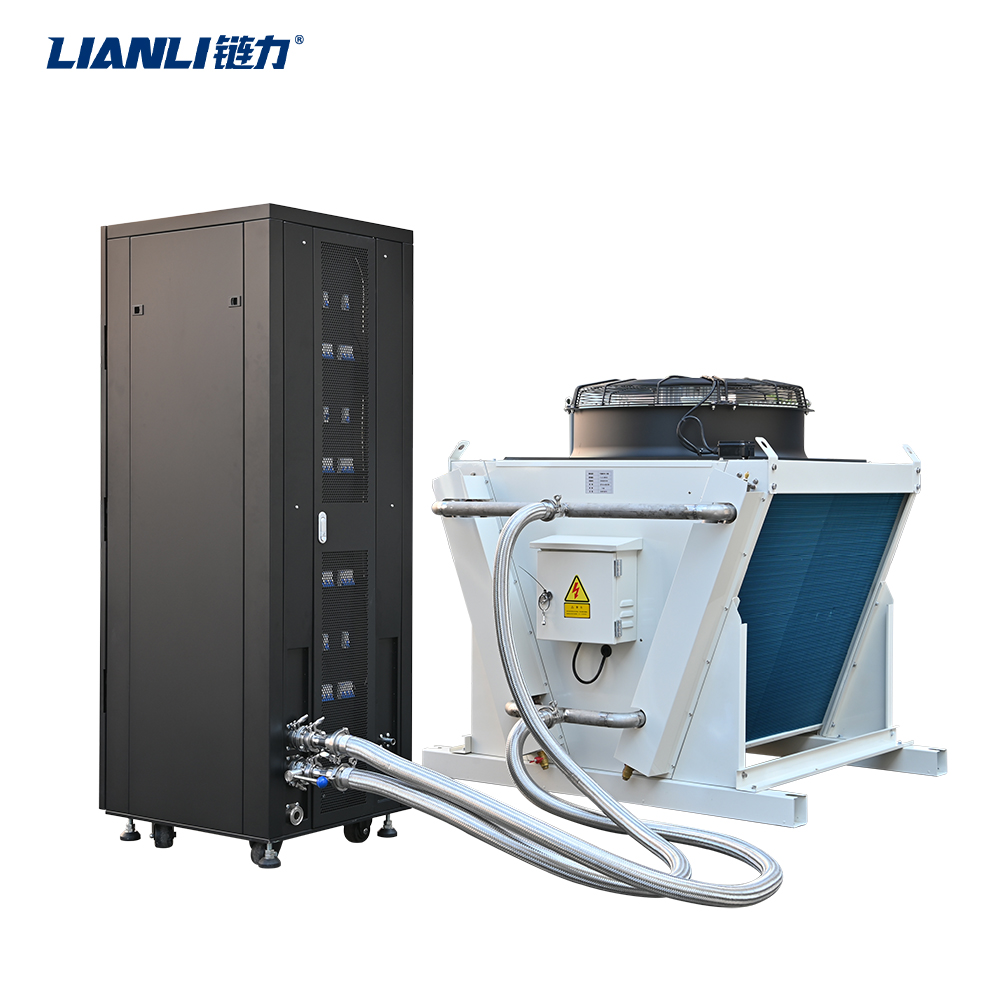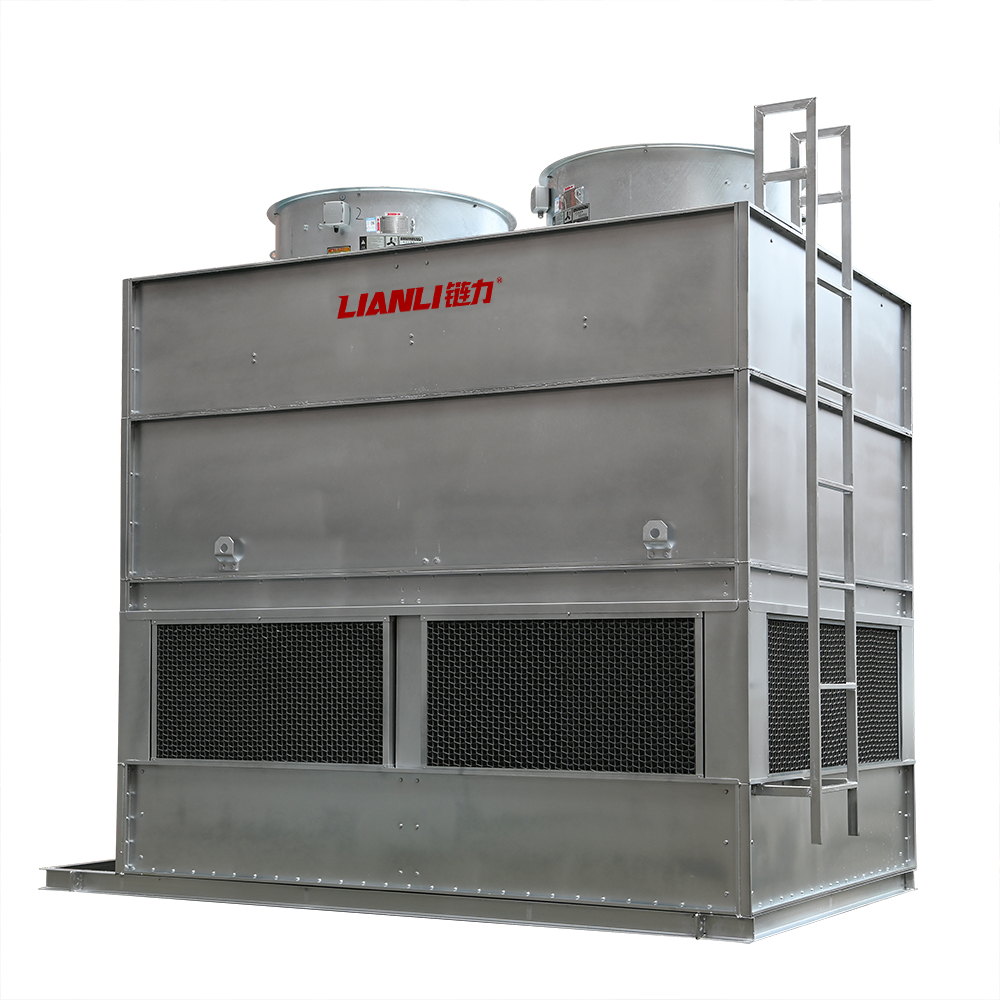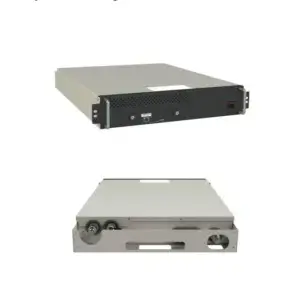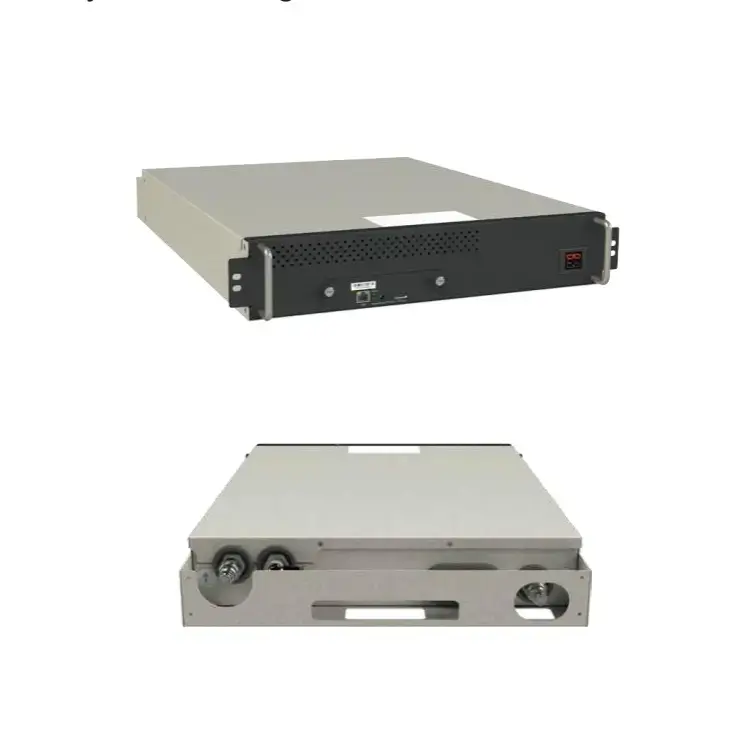Miner S21+ Hyd.: How to Integrate Liquid Cooling into Existing Mining .Infrastructure
The relentless pursuit of higher hash rates in Bitcoin mining has led to increasingly powerful and power-hungry Application-Specific Integrated Circuit (ASIC) miners. While this boosts mining efficiency, it also generates immense heat, posing significant challenges for thermal management, especially in large-scale operations. Traditional air cooling, often reliant on high-volume fans and complex ventilation systems, is reaching its limits in terms of efficiency, noise, and space utilization. Enter liquid cooling – a transformative technology offering superior heat dissipation, reduced noise, and potentially higher operational density. This article focuses on integrating liquid cooling solutions, specifically tailored for models like the Miner S21+ Hyd., into existing mining farm infrastructures.
Understanding the Miner S21+ Hyd. and Liquid Cooling Principles
The Miner S21+ Hyd. represents a new generation of ASIC miners designed from the ground up for liquid cooling. Unlike retrofitting air-cooled units, the Miner S21+ Hyd. features integrated cold plates or immersion-ready housings that allow direct contact between the coolant and the heat-generating components (primarily the ASIC chips). The coolant, typically a dielectric fluid (for immersion) or water/glycol mix (for cold plates), absorbs heat much more efficiently than air due to its higher specific heat capacity and thermal conductivity. This heat is then transported away from the miner via tubing to a heat exchanger (like a radiator or chiller), where it’s dissipated into the environment or repurposed (e.g., for heating).
Assessing Your Existing Infrastructure: Feasibility and Planning
Integrating liquid cooling, particularly for a unit like the Miner S21+ Hyd., requires careful assessment of your current setup:



- Physical Space: Liquid-cooled systems, especially immersion tanks, require different spatial considerations than air-cooled racks. Evaluate floor load capacity, available footprint, and headroom.
- Power Supply and Distribution: Ensure your electrical infrastructure can handle the power demands of the Miner S21+ Hyd. and any auxiliary systems (pumps, chillers). Liquid cooling can sometimes allow for slightly higher sustained clock speeds due to better thermal control, potentially increasing power draw.
- Network Connectivity: Standard network requirements (Ethernet) remain, but ensure cabling can be routed appropriately, especially if miners are submerged.
- Existing Cooling Capacity: While liquid cooling handles the miner heat directly, auxiliary systems (pumps, chillers) generate their own heat and may require supplementary air conditioning. Assess if your current HVAC can handle this additional load or if upgrades are needed.
- Maintenance Access: Plan for easy access to miners for maintenance, even within a liquid cooling setup. The design of the Miner S21+ Hyd. should facilitate this.
- Direct-to-Chip (Cold Plate) Cooling:
- Process: The Miner S21+ Hyd. is mounted on a frame where cold plates make direct thermal contact with the ASIC modules. Coolant flows through these plates via a closed-loop system connected to a radiator or chiller.
- Integration: Requires installing the miner onto compatible mounting hardware and connecting inlet/outlet tubing to the central cooling loop. Existing rack structures might need modification.
- Pros: High efficiency, allows for targeted cooling, potentially easier maintenance than immersion.
- Cons: Requires precise installation for optimal thermal contact, potential for leaks at connection points.
- Immersion Cooling:
- Process: The entire Miner S21+ Hyd. unit is submerged in a tank filled with a non-conductive dielectric fluid. Heat transfers directly from all components to the fluid, which is then circulated to a heat exchanger.
- Integration: Involves placing the Miner S21+ Hyd. into an immersion tank, filling it with coolant, and connecting the tank’s circulation system to the facility’s cooling infrastructure (dry coolers, chillers).
- Pros: Exceptional cooling performance, near-silent operation, protects components from dust and corrosion, allows for very high rack density.
- Cons: Higher initial cost (tank, fluid), requires specialized handling procedures, potential fluid management (topping up, filtration), space for tanks.



- Coolant Selection: Choose the appropriate dielectric fluid (for immersion) or water/glycol mix (for cold plates) compatible with the Miner S21+ Hyd. and your climate. Consider factors like flash point, viscosity, and environmental impact.
- Pump and Flow Rate: Ensure pumps provide sufficient flow rate and pressure to circulate coolant effectively throughout the system, minimizing hotspots. Redundancy is recommended.
- Heat Rejection: Plan the final heat dissipation method (air-cooled radiators/dry coolers, water-cooled chillers, or heat recovery systems). Location and ambient temperature are crucial.
- Monitoring and Control: Implement robust monitoring for coolant temperature, flow rate, pressure, and pump status. Integrate this with your existing mining management software for the Miner S21+ Hyd..
- Safety: Implement leak detection systems, proper grounding, and safety interlocks. Train staff on handling procedures, especially for immersion fluids.
- Scalability: Design the liquid cooling infrastructure with future expansion in mind, allowing for the addition of more Miner S21+ Hyd. units or other compatible miners.




